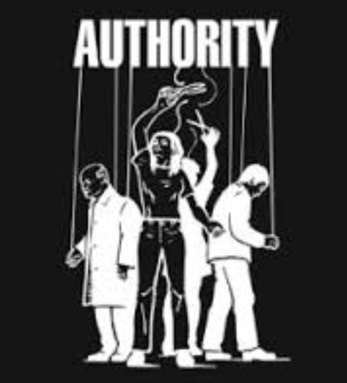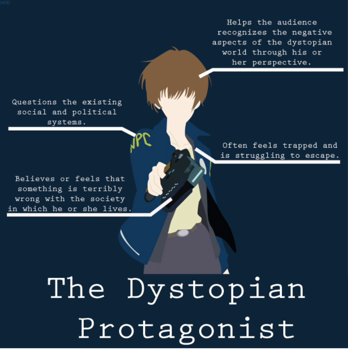Sign up for FlowVella
Sign up with FacebookAlready have an account? Sign in now
By registering you are agreeing to our
Terms of Service
Loading Flow

The Dystopian Protagonist
o has a wider and more critical understanding of reality
o helps the audience recognize the negative aspects of the
dystopian world through his or her perspective
o Questions the existing social and political systems and rebels
o Believes or feels that something is terribly wrong with the society
in which he or she lives.
o Often feels trapped and is struggling to escape.
Types of Dystopian Controls
Most dystopian works present a world in which oppressive societal control and the illusion of a perfect society are maintained through one or more of the following types of controls:
o Corporate control: One or more large corporations control
society through products, advertising, and/or the media.
Examples include Minority Report and Running Man.
o Bureaucratic control: Society is controlled by a mindless
bureaucracy through a tangle of red tape, relentless regulations,
and incompetent government officials. Examples include Brazil.
o Technological control: Society is controlled by technology—
through computers, robots, and/or scientific means. Examples
include The Matrix, The Terminator, and I, Robot.
o Philosophical/religious control: Society is controlled by
philosophical or religious ideology often enforced through a
dictatorship or theocratic government.

